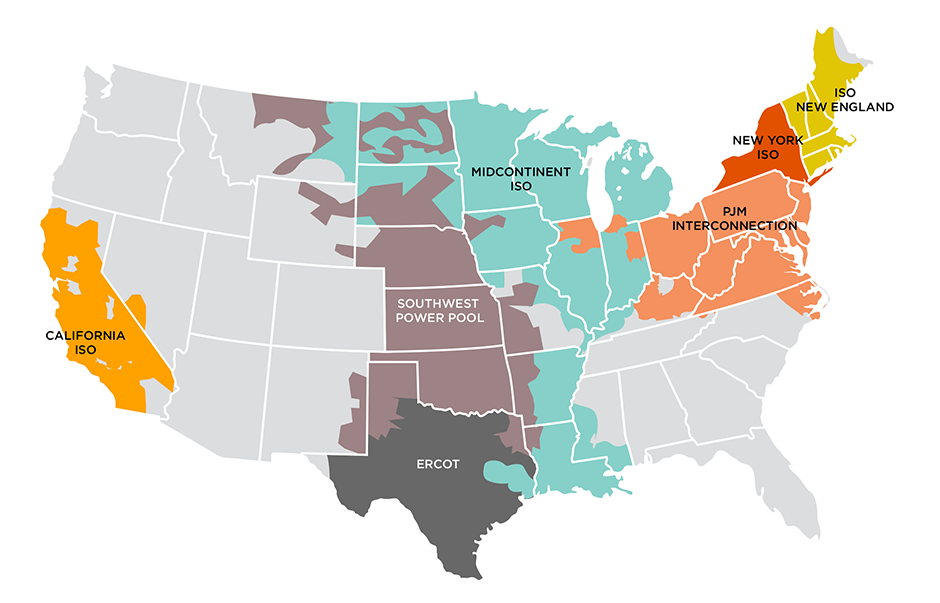Veterinary Sciences, Vol. 11, Pages 568: Presence of Methicillin-Resistant Staphylococci and Carbapenemase-Positive Acinetobacter Isolates on Surfaces in German Dog Daycare Facilities and Correlation with Cleaning Practices
Veterinary Sciences doi: 10.3390/vetsci11110568
Authors: Stephanie Forbes Ellen Prenger-Berninghoff Christa Ewers Maren Doelle Anja Roethig
Many bacteria, including methicillin-resistant staphylococci and opportunistic pathogens such as Acinetobacter (A.) species, in particular members of the A. calcoaceticus—A. baumannii (Acb) complex, are known to survive in environmental settings. This increases the risk of bacterial spreading and transmission to animals and humans, especially in institutions with a high animal population density. This study aimed to identify the presence of multidrug-resistant (MDR) staphylococci and Acinetobacter species in dog daycare facilities (DDFs). The surfaces of 16 DDFs were sampled and information about cleaning practices was obtained. After microbial identification, the detected isolates were investigated by multiplex PCR for antimicrobial resistance genes. In 200 location samples, 38 staphylococci and 109 Acinetobacter spp. isolates were identified. Methicillin-resistant genes were confirmed in 18 staphylococci isolates from four DDFs, including Staphylococcus (S.) equorum, S. saprophyticus, S. cohnii, S. lentus, and S. haemolyticus. Eight A. radioresistens isolates comprising the blaOXA-23 carbapenemase gene and seventeen isolates belonging to the Acb complex were also isolated. This is the first investigation for MDR pathogens in DDFs, a close human–animal interaction environment. Though the role of DDFs in the transmission and spreading of MDR bacteria is not known, the findings should contribute to the public awareness and underscore the necessity of adequate cleaning protocols.

 1 week ago
15
1 week ago
15


